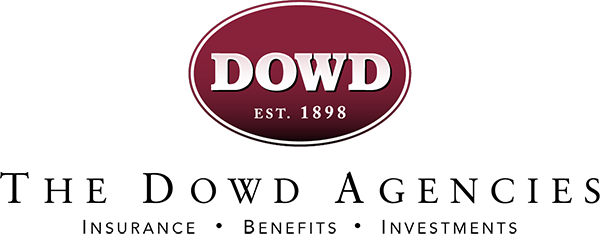
With almost 90% of employers offering health insurance already, companies who want to stand out to job seekers need to offer more. Crafting a comprehensive benefits package that expands upon traditional medical coverage gives you a strong competitive advantage, allowing you to not only attract top talent but retain them over the long term.
Must-Have Employee Benefits
Outside of health insurance, which is a definite must-have, dental and life insurance are core components to a benefits package. Other common health and wellness benefits you might consider include vision insurance and an employee assistance program.
Financial benefits are also a strong incentive for employees. A 401(k) or pension plan are the most common, but other options include employee stock ownership, profit-sharing and financial planning assistance.
Most employees also consider time-off benefits as a must-have, especially paid vacation, sick, personal and holiday time. Since this is one of the most popular benefits with employees, you’ll want to make sure your offering is competitive at least, and robust to really stand out.
It’s hard to meet employee needs with a one-size-fits-all benefits package, especially if your workforce is spread across a broad age range. That’s why we encourage employers to include employee-paid voluntary benefits such as vision and accident insurance. Voluntary benefits provide a creative solution to rising healthcare costs. Younger employees may opt out of vision insurance, but really appreciate wellness discounts.
Non-Traditional Benefits
We have recently been encouraging our clients to provide a tax-efficient employee wellness program by establishing a Self-Insured Medical Expense Reimbursement Plan (SIMRP). This concept provides an opportunity for employees to receive cash reimbursements for participation in health and wellness programs with the tax-saving benefit of reducing FICA tax liability for both the employee and employer. Employees can then use these reimbursements to purchase voluntary benefits like accident, life or cancer insurances or can simply be added right back into their paychecks.
Based on your company’s demographics and the type of work you do, there is an ever-growing list of benefits that may help your benefits package stand out from the competition. Some of these include:
- Paid maternity/paternity leave
- Flexible work hours
- Hybrid/remote work options
- Unlimited vacation
- Student loan assistance and/or tuition reimbursement
- Free/discounted gym/fitness center memberships
- Free or low-cost day care services
- Free coffee, snacks, lunches
- Company retreats/activities
Crafting a Comprehensive Benefits Package for Your Company
Not all benefit options are feasible for all employers or of value to all employees. Periodically survey your employees to see what benefits matter most to them and audit your benefits to determine which are actually being used. Your resources and your employees’ needs are likely to change over time, so you don’t want to take a set-it-and-forget-it approach. It’s also a good annual practice to compare your benefits to those offered by your key competitors to ensure you have and maintain a competitive edge when recruiting and retaining your workforce.
Whether you’re tasked with establishing or updating your company’s benefits package, our experts are here to provide personal attention and guide you through the wide array of employee benefit services in today’s crowded and confusing marketplace. Contact us to get started.
